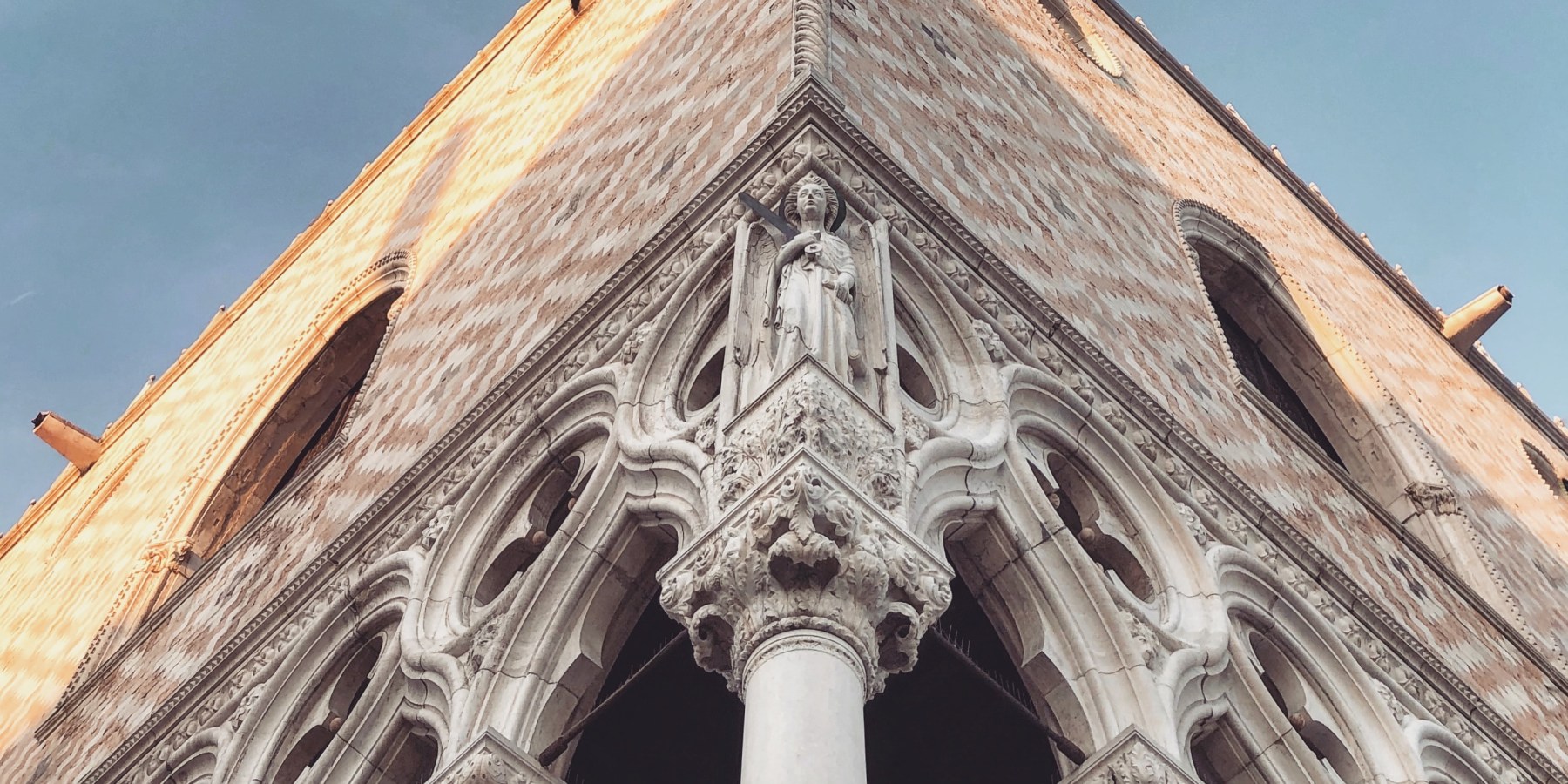
Let’s investigate this historical figure through amazing curiosities.
The Venetian Dogi were 120 in 1100 years of Venetian Republic. This is a huge number! The duration of the Dogado was from 19 days to 34 years. Each of these Dogi contributes to the history of Venice. They were warriors, politicians part of the Venetian aristocracy, even a Saint Pietro Orseolo.
According to tradition, the first Doge was Paoluccio Anafesto from Eraclea in 697.
In 810, the Doge Agnello Partecipazio moved the ducal residence to “Rivoalto”, where we have the “modern” Doge’s Palace.
The election of the Doge took place in the full assembly of the Venetian nobility, the great Council, through a complicated system, the excellent mix between ballots and draws. This resulted in such a complicated scheme: “Thirdy members, chosen by lot, were reduced by lot to nine, the nine chose forty and forty were reduced by lot to twelve who chose twenty-five. The twenty-five were reduced by lot to nine, and the nine elected forty-five. Then the forty-five were once more reduced by lot to eleven, and the eleven finally chose the forty-one who elected the Doge.”
In 864, the abbess Agostina Morosini of San Zaccaria gave the Doge Pietro Tradonico the first “corno” “literary translation horn”, the hat decorated with 66 precious stones and pearls that later became the symbol of the Doge himself and the Republic. For example, inside the Doge’s Palace, you will see a hundred of these “horn” decorations to symbolize the figure of the Doge.
You can find the Doge’s hat symbol in the decoration of our gondole. Gondole have a metal decoration on the bow, called fero in Venetian, with the different elements representing the Doge’s hat, the Gran Canal, the six districts of the city, the Giudecca island, the Rialto Bridge, St. Mark’s Basin, The Grand Canal and the famous islands of Murano, Burano and Torcello.
Over time it was decided to elect a man in advanced age. If he was elected young, there was a risk that he “would occupy that role for too long”, but if he was ancient, he might not be able to take on such a demanding role even from a physical point of view.
A special tribute was made to the new Doge after his election. It included that one of the fruiterers: 180 giant melons and received cheese and salamis in return.
Dogi had to follow strict rules:
no one in a Doge’s family could hold political office during his term;
a doge could not conduct any personal business or accept gifts;
a Doge was always supervised;
a doge’s sons could not leave the Republic (nor could he without express permission);
none of a Doge’s children could marry without the Council’s approval.
Once the Doge died, his apartment was ransacked by Venetian people for a long time.
The death of a Doge was never an obstacle to carrying on normal life. At the end of the announcement, the sentence was: “but we will make another”.
Funerals were celebrated not in St. Mark’s church but in the church of Santi Giovanni and Paolo (Zanipolo).
You can see the face of almost every Doge in the hall of the Great Council and Scrutinio hall inside the Doge’s Palace. The chronological sequence starts from Obelerio Antenoreo (804-810) to the last Doge Ludovico Manin, 1797. The Doge Marin Faliero, who attempted a coup in 1355, is the only Doge of Venice beheaded in history. A black cloth represents him with the writing: “Hic est locus Marini Faletri, decapitati pro criminibus”, condemned to be beheaded in life, condemned to “damnatio memoriae”, meaning the total cancellation of his name and his image as a traitor to the Republic.

